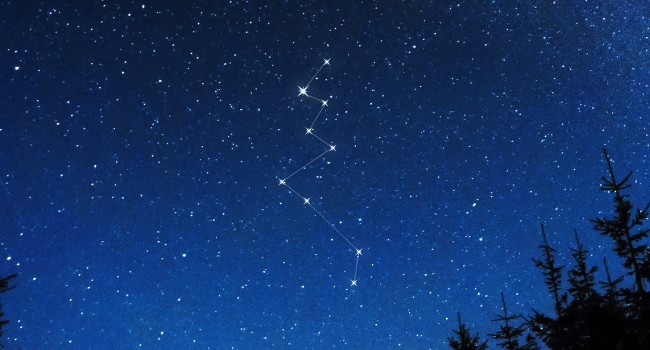Lacerta Constellation | Constellations In The Northern Hemisphere
LACERTA CONSTELLATION – In this topic, we are going to know and learn about the constellation Lacerta, the Lizard.

It is a constellation in the northern sky. It means “the lizard” in Latin.
Lacerta was created by the Polish astronomer Johannes Hevelius. It is also known as Little Cassiopeia because its brightest stars form a “W” like the larger counterpart.
It is not associated with any mythology. Hevelius also gave it an alternative name, Stellio. It is named after a type of lizard known as a starred agama but was barely used and fell into oblivion.
It is the 68th constellation in the night sky and occupies 201 square degrees. It lies in NQ4, the fourth quadrant of the northern hemisphere.
The constellation belongs to the Perseus family, along with Andromeda, Auriga, Cassiopeia, Cepheus, Cetus, Pegasus, Perseus and Triangulum.
It houses deep sky objects such as Caldwell 16 and BL Lacertae. It also houses EV Lacertae, whose flare was thousands of times more powerful than the greatest observed solar flare. Albeit too far away and smaller than the sun, it was, by far, the brightest flare ever seen from a star other than the sun.
Stars
Among the stars include:
- ADS 16402
- Alpha Lacertae
- Beta Lacertae
- EV Lacertae
- Roe 47
- Taika
READ ALSO: Equuleus Constellation | Constellations In The Northern Hemisphere
